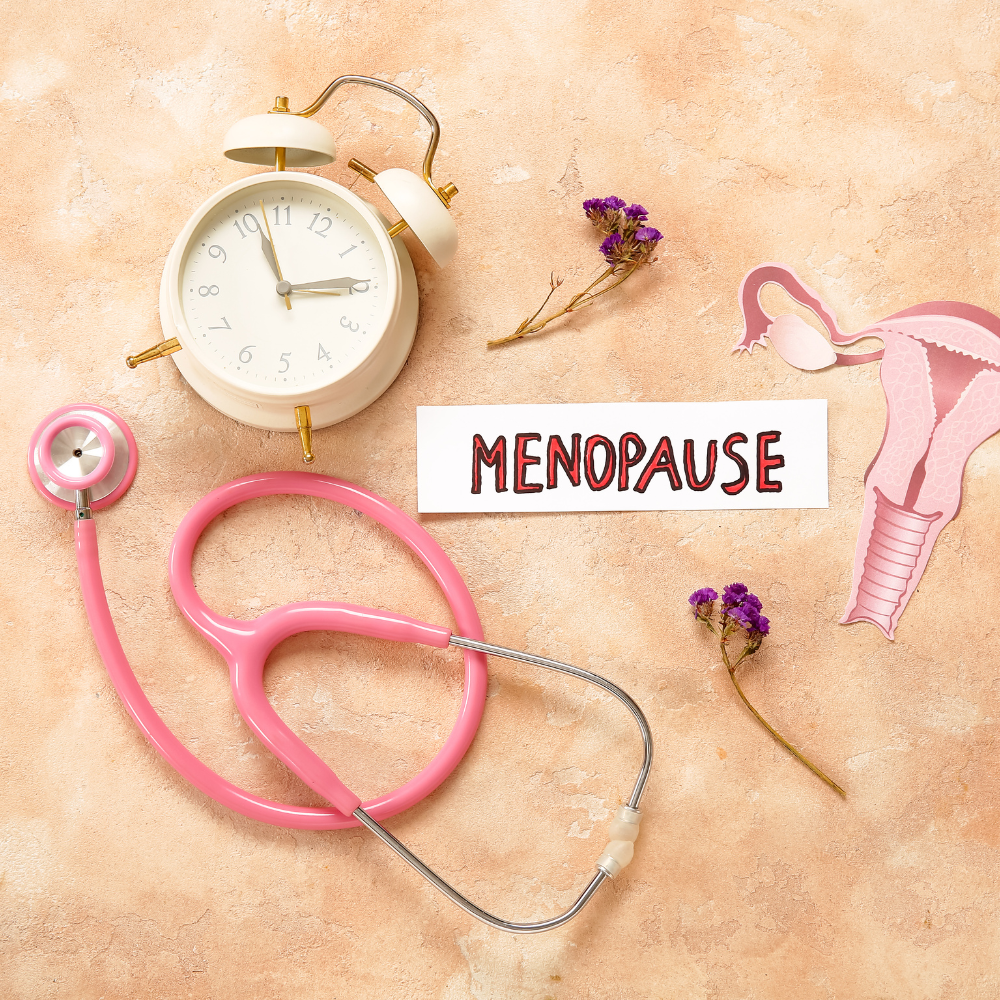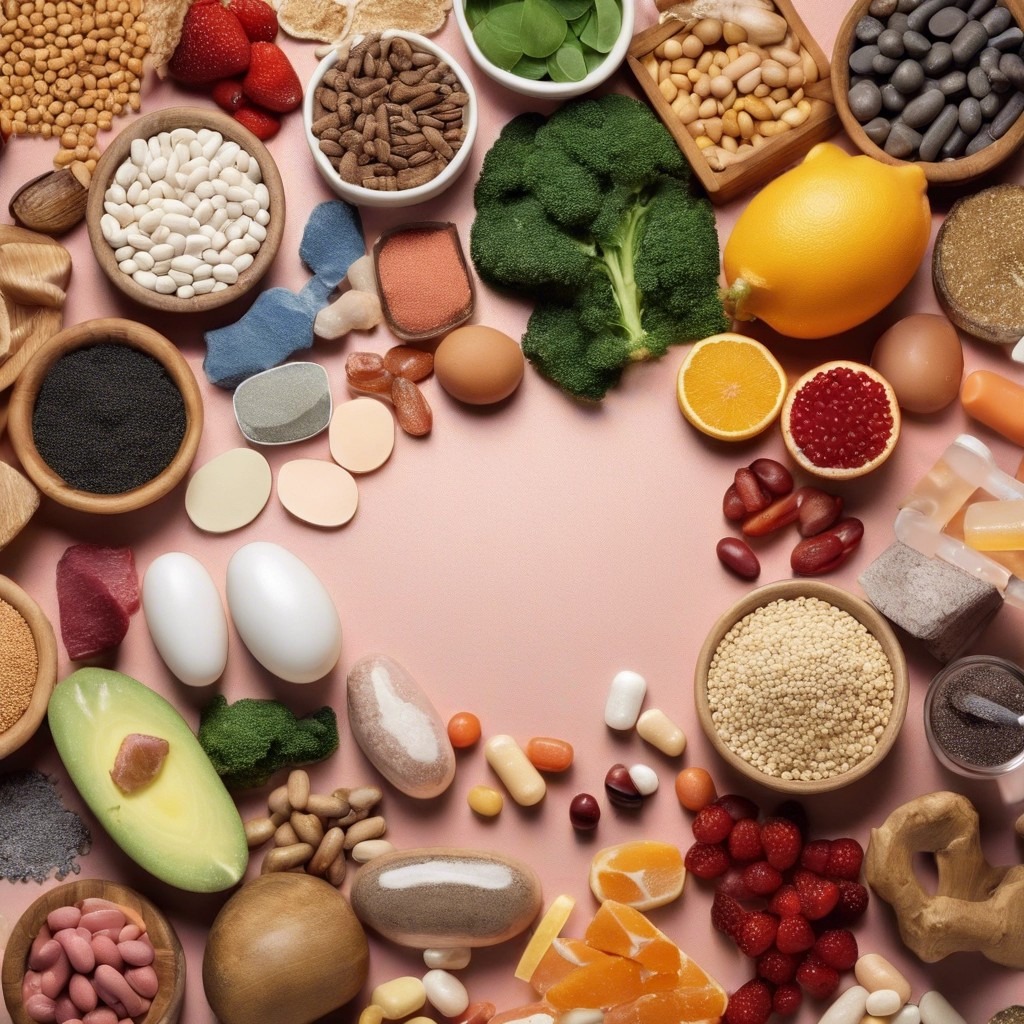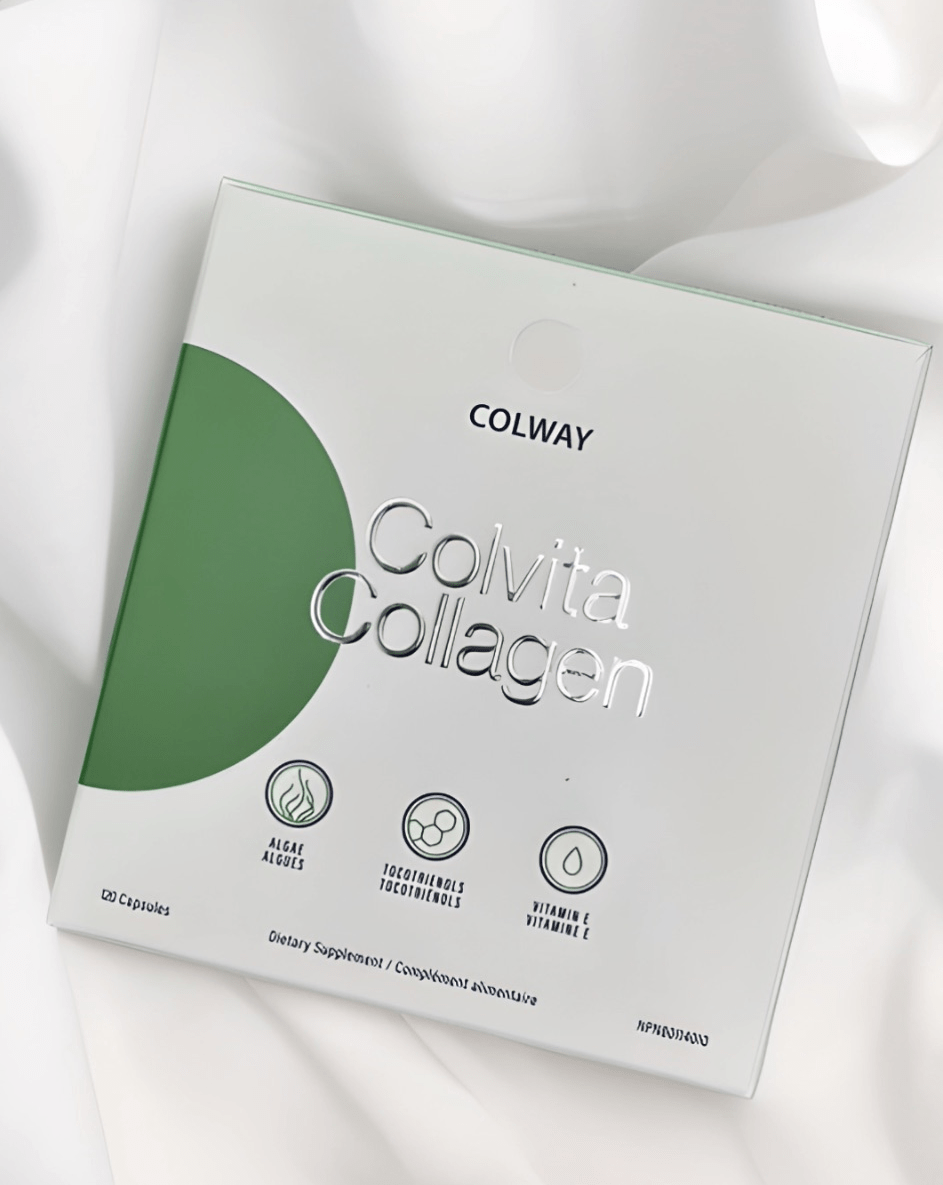
Vitamin D and its role in health has been studied for over a century. Vitamin D helps the gut absorb calcium, is involved in bone health, muscle contraction, reduction in inflammation, immunity, and glucose metabolism.
However, with the current Covid 19 pandemic Vitamin D’s role in immunity has been the focus of more recent studies which reach similar conclusions that Vitamin D deficiency is associated with respiratory infections such as Influenza A and Covid 19 and that Vitamin D supplementation reduces the risk of these infections and associated poor outcomes (Brenner, Holleczek, Schöttker, 2020; Martineau, et al, 2017; Mitsuyoshi, et al, 2010; Urashima, et al, 2010).
In fact one study found that over 80% of Covid 19 cases had vitamin D deficiency (Hernández et al, 2020). But what is Vitamin D and what are the sources? Who is at risk for Vitamin D deficiency? What is the recommended daily dose?
What is Vitamin D?
Vitamin D (Calciferol) is known as the “sunshine vitamin” and is a fat soluble, steroid hormone. Many vitamin D receptors are found in the immune cells such as leukocytes making it play an important role in immunity (Li & Li, 2020)
Sources of Vitamin D
1. Sun
When our skin is exposed to the sun our skin produces vitamin D. Major causes of Vitamin D deficiency is inadequate exposure to sunlight (Moan, Porojnicu, Dahlback,& Setlow,2008). Our sun exposure is generally not enough to produce sufficient vitamin D levels because we spend on average only 7.6% of the day outdoors (National Human Activity Pattern Survey).
2. Food
Cod liver oil, Rainbow trout, Salmon, white raw mushrooms, Vitamin D fortified milk, Soy/almond/oat milk, vitamin D fortified cereal, eggs, and liver.
3. Supplements
Vitamin D3
Vitamin= “Vital” + “Amine”
*Most of us require supplementation.
Who is at risk for Vitamin D deficiency?
Elderly
As we get older our ability to make Vitamin D decreases
(Maclaughlin & Holick, 1985)
Obesity
Those who are obese are at greater risk for vitamin D deficiency (Wortsman, Matsuoka, Chen, Lu, & Holick, 2000) because Vitamin D is fat soluble-the more fat the less available active vitamin D.
Darker skin
People with darker skin tones are at greater risk for vitamin D deficiency because they require more sun exposure time to produce vitamin D (Gutiérrez, Farwell, Kermah & Taylor, 2010).
Living in Northern latitudes
People living North of the 37th parallel are at greater risk for Vitamin D deficiency (Huotari & Herzig, 2008). Perhaps due to less sunshine in the winter months.
Vitamin D 25(OH)D levels in the blood
Deficiency=<30 ng/ml
Insufficient =30-50ng/ml
*Levels targeted to prevent fractures (30-40 ng/ml) according to the Endocrine society.
Optimal Vitamin D levels=51-70 ng/ml
*Treatment for heart disease or Cancer=71-100 ng/ml
Too high=>100ng/ml
Vitamin D3 supplementation
Currently there is no International consensus on optimal Vitamin D supplementation levels and the daily recommendations vary from 400IU to 10,000 IU daily.
Evidence indicates that vitamin D3 increases and maintains serum 25(OH)D levels to a greater extent and longer than vitamin D2, even though both forms are well absorbed in the gut (Logan, Gray, Peddie, Harper & Houghton, 2013; Tripkovic et al, 2017)
***Vitamin D toxicity is very rare.
A study involving Canadian adults who ingested 20,000IU daily had vitamin D levels of up to 60ng/ml but without evidence of toxicity. In another study involving healthy adults who received 50,000IU once every 2 weeks for up to 6 years had vitamin D blood concentrations of 40-60ng/ml and no signs of toxicity.
(Marcinowska-Suchowierska, Kupisz-Urbańska, Łukaszkiewicz, Płudowski & Jones,2018).
***The Endocrine Society states, for example, that to maintain serum 25(OH)D levels above 30 ng/mL, adults might need at least 1,500–2,000 IU/day of supplemental vitamin D, and children and adolescents might need at least 1,000 IU/day (Binkley et al, 2011).
REFERENCES
Brenner, H., Holleczek, B., & Schöttker, B. (2020). Vitamin D Insufficiency and Deficiency and Mortality from Respiratory Diseases in a Cohort of Older Adults: Potential for Limiting the Death Toll during and beyond the COVID-19 Pandemic?. Nutrients, 12(8), 2488. https://doi.org/10.3390/nu12082488
Cannell, J., Vieth, R., Umhau, J., Holick, M., Grant, W., Madronich, S., Garland, C., & Giovannucci, E. (2006). Epidemic influenza and vitamin D. Epidemiology and infection, 134 6, 1129-40 .
Gallagher, J. (2013). Vitamin D and aging. Endocrinology and metabolism clinics of North America, 42 2, 319-32 .
Ginde, A., Mansbach, J., & Camargo, C. (2009). Vitamin D, respiratory infections, and asthma. Current Allergy and Asthma Reports, 9, 81-87.
Gutiérrez, O., Farwell, W., Kermah, D., & Taylor, E. (2010). Racial differences in the relationship between vitamin D, bone mineral density, and parathyroid hormone in the National Health and Nutrition Examination Survey. Osteoporosis International, 22, 1745-1753.
Hernández, J.L., Nan, D., Fernández-Ayala, M., García-Unzueta, M., Hernández-Hernández, M., López-Hoyos, M., Muñoz-Cacho, P., Olmos, J., Gutiérrez-Cuadra, M., Ruiz-Cubillan, J.J., Crespo, J., & Martínez-Taboada, V. (2020). Vitamin D Status in Hospitalized Patients with SARS-CoV-2 Infection. The Journal of Clinical Endocrinology and Metabolism.
Huotari, A., & Herzig, K. H. (2008). Vitamin D and living in northern latitudes–an endemic risk area for vitamin D deficiency. International journal of circumpolar health, 67(2-3), 164–178. https://doi.org/10.3402/ijch.v67i2-3.18258
Khajavi, A., & Amirhakimi, G. (1977). The rachitic lung. Pulmonary findings in 30 infants and children with malnutritional rickets. Clinical pediatrics, 16 1, 36-8.
Lehmann, U., Hirche, F., Stangl, G. I., Hinz, K., Westphal, S., & Dierkes, J. (2013). Bioavailability of vitamin D(2) and D(3) in healthy volunteers, a randomized placebo-controlled trial. The Journal of clinical endocrinology and metabolism, 98(11), 4339–4345. https://doi.org/10.1210/jc.2012-4287
Li, M., & Li, Y. (2020). Prevalence and influencing factors of vitamin D deficiency in chronic kidney disease: A cross-sectional study.
International journal of clinical pharmacology and therapeutics.
Liu, P., Stenger, S., Li, H., Wenzel, L., Tan, B., Krutzik, S., Ochoa, M., Schauber, J., Wu, K., Meinken, C., Kamen, D., Wagner, M., Bals, R., Steinmeyer, A., Zügel, U., Gallo, R., Eisenberg, D., Hewison, M., Hollis, B., Adams, J., Bloom, B., & Modlin, R. (2006). Toll-Like Receptor Triggering of a Vitamin D-Mediated Human Antimicrobial Response. Science, 311, 1770 – 1773.
Logan, V.F., Gray, A., Peddie, M., Harper, M., & Houghton, L. (2012). Long-term vitamin D3 supplementation is more effective than vitamin D2 in maintaining serum 25-hydroxyvitamin D status over the winter months. British Journal of Nutrition, 109, 1082 – 1088.
Maclaughlin, J., & Holick, M. (1985). Aging decreases the capacity of human skin to produce vitamin D3. The Journal of clinical investigation, 76 4, 1536-8 .
Marcinowska-Suchowierska, E., Kupisz-Urbańska, M., Łukaszkiewicz, J., Płudowski, P., & Jones, G. (2018). Vitamin D Toxicity-A Clinical Perspective. Frontiers in endocrinology, 9, 550. https://doi.org/10.3389/fendo.2018.00550
Mason, J., Sanders, D., Greiner, T., Shrimpton, R., & Yukich, J. (2016). Vitamin A deficiency: policy implications of estimates of trends and mortality in children. The Lancet. Global health, 4 1, e21 .
Martineau, A. R., Jolliffe, D. A., Hooper, R. L., Greenberg, L., Aloia, J. F., Bergman, P., Dubnov-Raz, G., Esposito, S., Ganmaa, D., Ginde, A. A., Goodall, E. C., Grant, C. C., Griffiths, C. J., Janssens, W., Laaksi, I., Manaseki-Holland, S., Mauger, D., Murdoch, D. R., Neale, R., Rees, J. R., … Camargo, C. A., Jr. (2017) Vitamin D supplementation to prevent acute respiratory tract infections: a systematic review and meta-analysis of individual participant data BMJ (Clinical research ed.), 356, i6583. https://doi.org/10.1136/bmj.i6583
Mitsuyoshi Urashima, Takaaki Segawa, Minoru Okazaki, Mana Kurihara, Yasuyuki Wada, and Hiroyuki Ida, Randomized trial of vitamin D supplementation to prevent seasonal influenza A in schoolchildren, The American Journal of Clinical Nutrition, Volume 91, Issue 5, May 2010, Pages 1255–1260, https://doi.org/10.3945/ajcn.2009.29094
Moan, J., Porojnicu, A., Dahlback, A., & Setlow, R. (2008). Addressing the health benefits and risks, involving vitamin D or skin cancer, of increased sun exposure Proceedings of the National Academy of Sciences, 105, 668–673.
Reichert, T.A., Simonsen, L., Sharma, A., Pardo, S., Fedson, D.S., & Miller, M. (2004). Influenza and the winter increase in mortality in the United States, 1959–1999 American journal of epidemiology, 160 5, 492–502.
Rosen, C., Abrams, S., Aloia, J., Brannon, P., Clinton, S., Durazo-Arvizu, R., Gallagher, J., Gallo, R., Jones, G., Kovacs, C., Manson, J., Mayne, S., Ross, A., Shapses, S., & Taylor, C. (2012). IOM committee members respond to the Endocrine Society vitamin D guidelines. The Journal of Clinical Endocrinology and Metabolism, 97, 4, 1146–52.
The National Human Activity Pattern Survey (NHAPS) is a resource for assessing exposure to environmental pollutants. Journal of Exposure Analysis and Environmental Epidemiology, 11, 231-252
Tripkovic, L., Lambert, H., Hart, K., Smith, C.P., Bucca, G., Penson, S., Chope, G., Hyppönen, E., Berry, J., Vieth, R., & Lanham-New, S. (2012). Comparison of vitamin D2 and vitamin D3 supplementation in raising serum 25-hydroxyvitamin D status: a systematic review and meta-analysis The American Journal of Clinical Nutrition, 95, 1357–1364.
Tripkovic, L., Wilson, L., Hart, K., Johnsen, S., Lusignan, S.D., Smith, C.P., Bucca, G., Penson, S., Chope, G., Elliott, R., Hyppönen, E., Berry, J., & Lanham-New, S. (2017). Daily supplementation with 15 μg vitamin D2 compared with vitamin D3 to increase wintertime 25-hydroxyvitamin D status in healthy South Asian and white European women: a 12-week randomized, placebo-controlled food-fortification trial The American journal of clinical nutrition, 106, 2, 481-490
Urashima, M., Segawa, T., Okazaki, M., Kurihara, M., Wada, Y., & Ida, H. (2010). Randomized trial of vitamin D supplementation to prevent seasonal influenza A in schoolchildren. The American journal of clinical nutrition, 91(5), 1255–60.
White, J. (2011). Vitamin D metabolism and signaling in the immune system Reviews in Endocrine and Metabolic Disorders, 13, 21–29.
Wortsman, J., Matsuoka, L., Chen, T., Lu, Z., & Holick, M. (2000). Decreased bioavailability of vitamin D in obesity. The American journal of clinical nutrition, 72, 3, 690–3





